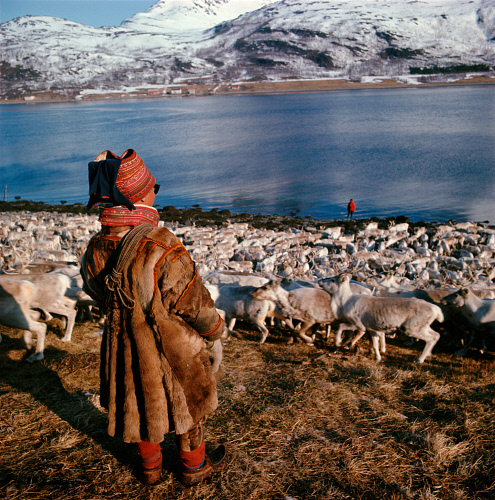The Sami people live in an area divided among four countries: Norway, Sweden, Finland and Russia. This caused the indigenous Sami extra trouble with the different countries vying for the same land area and enforcing varying laws and policies on them.
Bucks or Buckskins
If you can’t conquer a people, you trade with them. When the Sami discovered that they could trade their animal hides and furs for useful things like salt and metal blades to make knives, they developed a sophisticated system of barter. They even found a use for the metal coins the foreign traders called money. You can wear them!
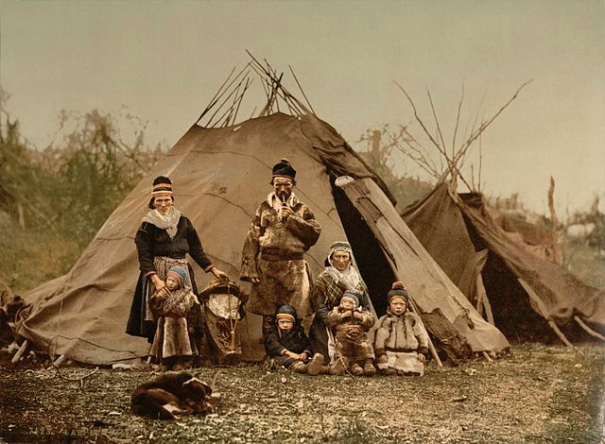
The Sami had used silver to make talismans to ward off evil. Ironically, that same silver brought great evil to them. In 1635, the mine in Nasafjäll was opened and the Sami were coerced to transport the ore using their reindeer. When they refused, the Swedes punished them cruelly. The government was hoping for a new source of income to deal with their war debt. Rather than be coerced into labor, some Sami fled to Norway, if they could get away.
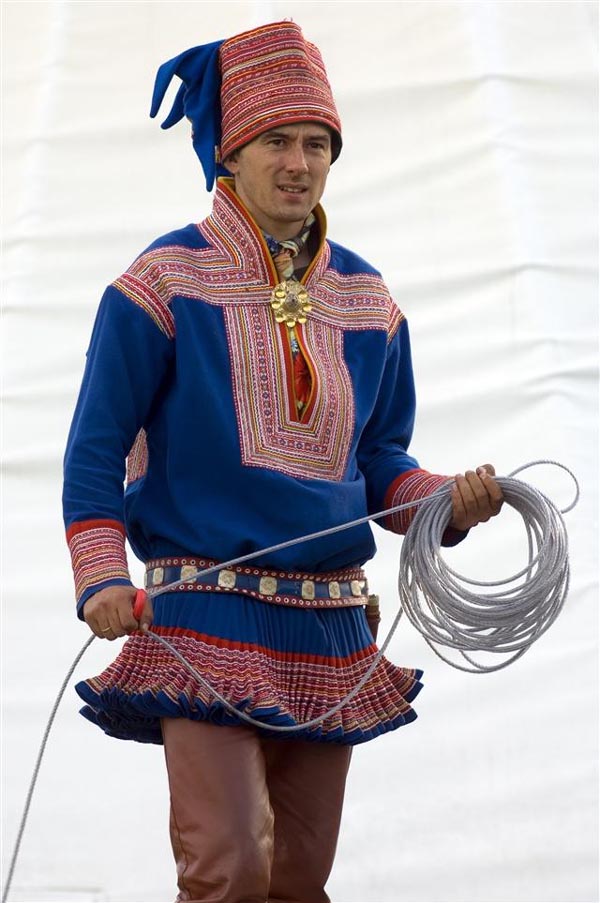
The mining did not bring much silver to the Swedish treasury. But it did cause much suffering to the people and animals of the north. Settlers found the new incentives of land grants and water rights enough to lure them to the frigid northern regions in the late 1600’s. How did the Swedish king get the land to dole out? Simple. He just said it all belonged to the crown.
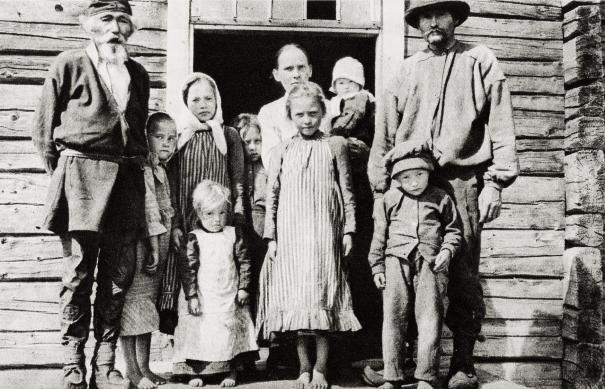
Caught in the Middle
Conflicts among the nations rarely worked out well for the Sami. Russia took over Finland in the early 1800’s and kept a chunk of it with a new border agreement. Now the Sami had yet another country to impose on them. The countries had varying polices over the centuries, sometimes with light control, sometimes heavy-handed culture stomping.

Economically Aloof
The Sami were not tied to the economics of the south. A bad turn to the economy had little effect on them. In fact, when the Norwegian fishing industry floundered in the 1700’s due to a drop in prices, the Sámi economy picked up as many Norwegian fishermen gave up and went south.
No More Beaver?
The northbound settlers moved into the areas “unused” by the Sami. That is easy to do with nomads. While they are elsewhere, you take their land. The farming and cattle ranching lifestyle contrasted strongly with the traditional Sami culture. Worse yet was the increased hunting that brought several species to the brink of extinction, among them, the beaver.
This was destroying the economic foundation of the Sami hunting culture. And closed borders between countries limited the grazing areas of the reindeer when their herdsmen could no longer cross.
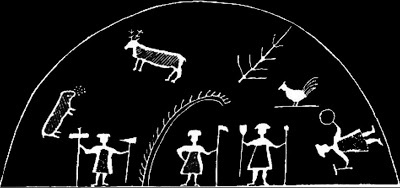
Fallout
In 1986, the Chernobyl nuclear disaster resulted, among other serious problems, in the destruction of 73,000 reindeers in Sweden alone which had become “unfit” for human consumption.
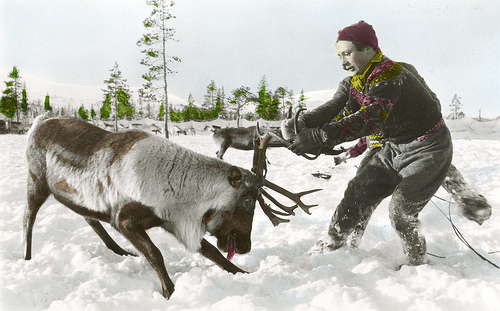
During the late 1900’s, many legal actions were approved that called for “protected” Sami land to now be “shared” with non-Sami for hunting and fishing. Several unsuccessful legal actions were taken by Sami to protect Sami land especially winter grazing lands for the reindeer. Sami also resisted a proposed storage facility for nuclear waste.
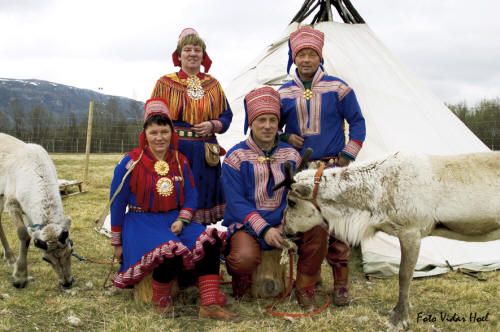
The difficulties the Sami had trying to protect their culture was shown in 1998 when, for the first time ever, Swedish Sami’s managed to return one sacrificial stone to it’s original place. The stone had been removed when a hydro-electric power plant was built and kept in a museum since the 1960’s.
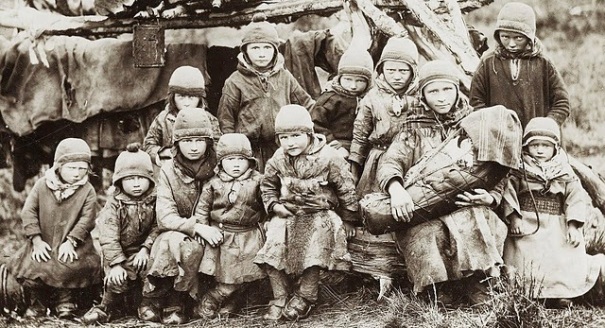
Close
In summary, the Sami have a unique history where four countries eventually chopped their land in four pieces. Each has a different policy toward the Sami. They have to deal with four governments now. The Sampi, protected by its place near the Arctic for so long, holds a divided people, the Sami. Unlike Germany, divided in four parts after WWII, the Sami have little hope of reunification even if government attitudes towards them grow softer.
